These two artists, while they can’t be more dissimilar in their execution of form, work within a common restricted vein: black (and sometimes grey). Both Rotterdam-based artist and curator Hans van der Ham and Danish designer Stine Mikkelsen unexpectedly employ the generally somber color scheme so that it becomes secondary to the singularity of their forms.
Featured image: Hans van der Ham, Untitled, 2008 fired black clay H: 102 cm private collection Germany
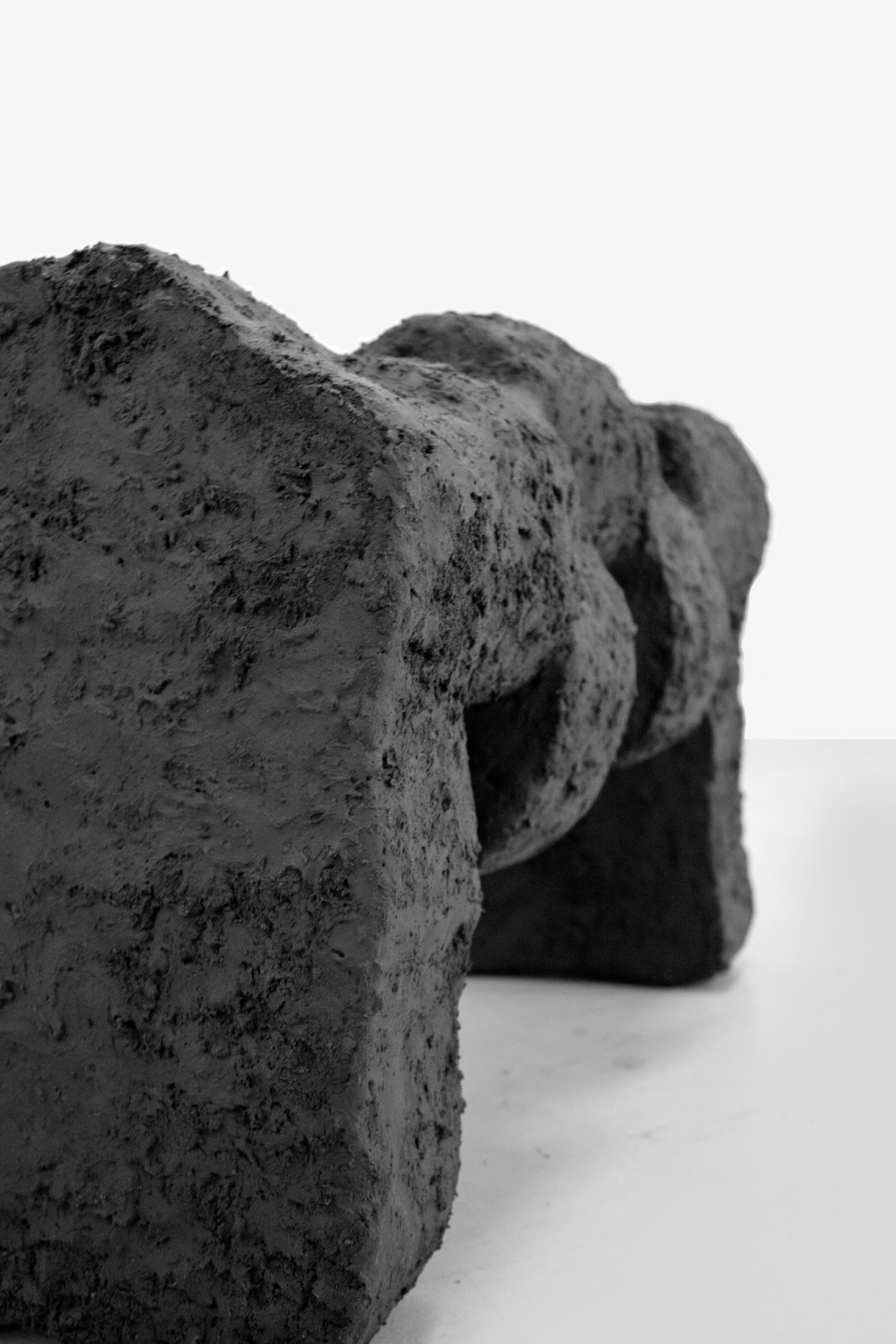
Solid Formations, 2018

Solid Formations, 2018
Like excavated ruins of Pompeii, Mikkelsen’s unglazed Solid Formations (2018) collection appears to be formed from the raw, dark geology of a volcanic Italian landscape, Design Milk writes. Instead, it’s a new composite material developed by the designer, which gives the forms their igneous rock look.
She developed two new composite materials that use marble and volcanic ash as the primary materials to create various sculptural objects, furniture and fixtures. The result is a collection that resembles the shapes and textures found in natural landscapes and geometric formations created by humans.
As if pulled from Pompeii’s mass grave of ash and pumice, leaving behind the ill-fated residents, Mikkelson’s rejuvenated composite forms give the impression they still carry along with them some secret ancient knowledge.
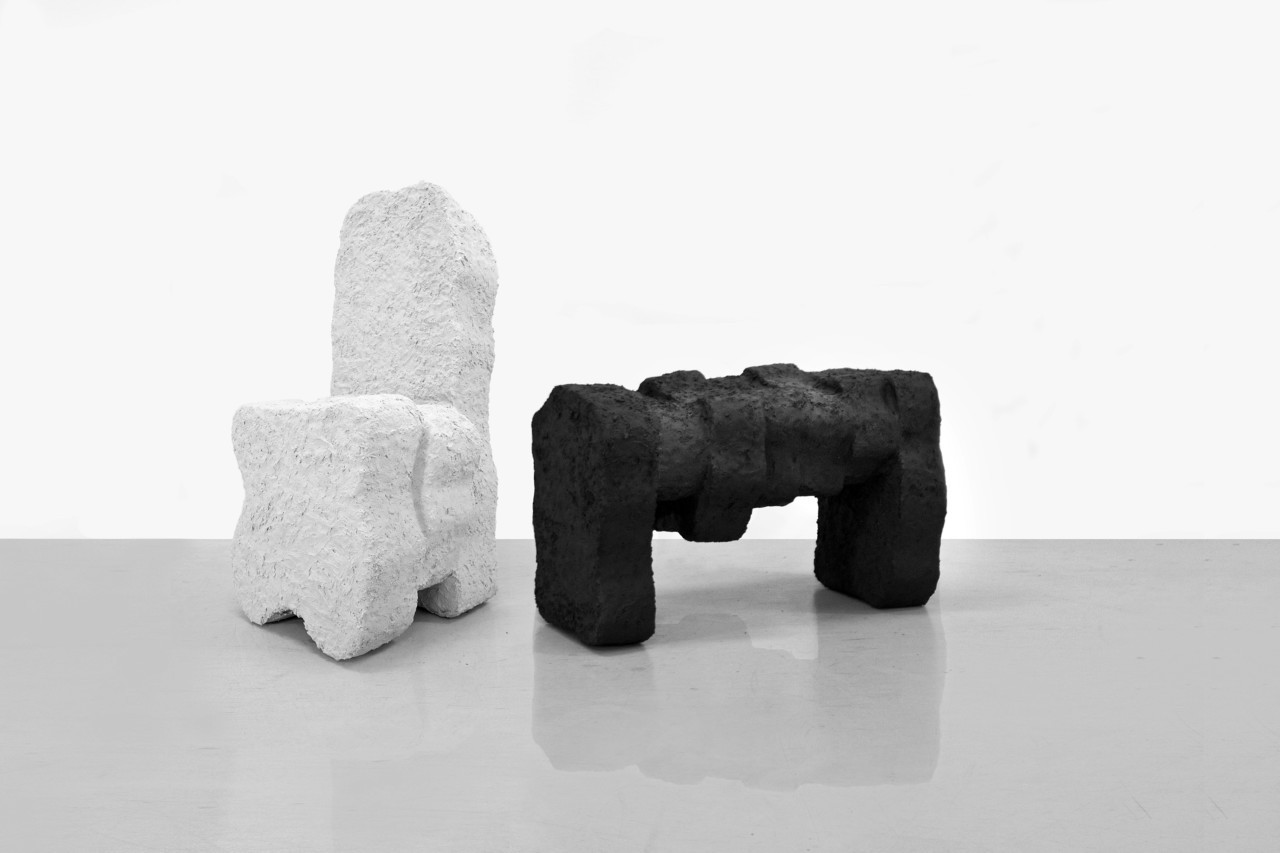
Solid Formations, 2018
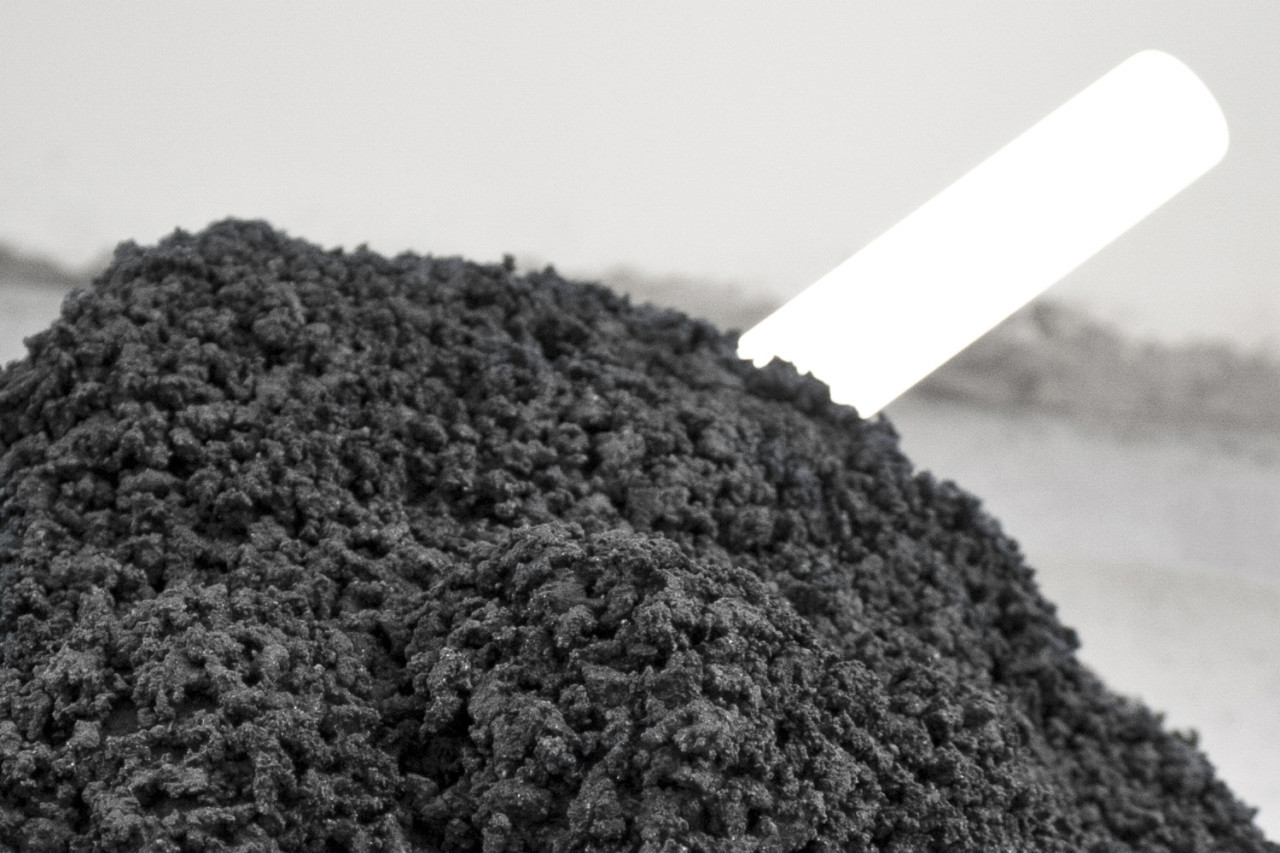
Solid Formations, 2018
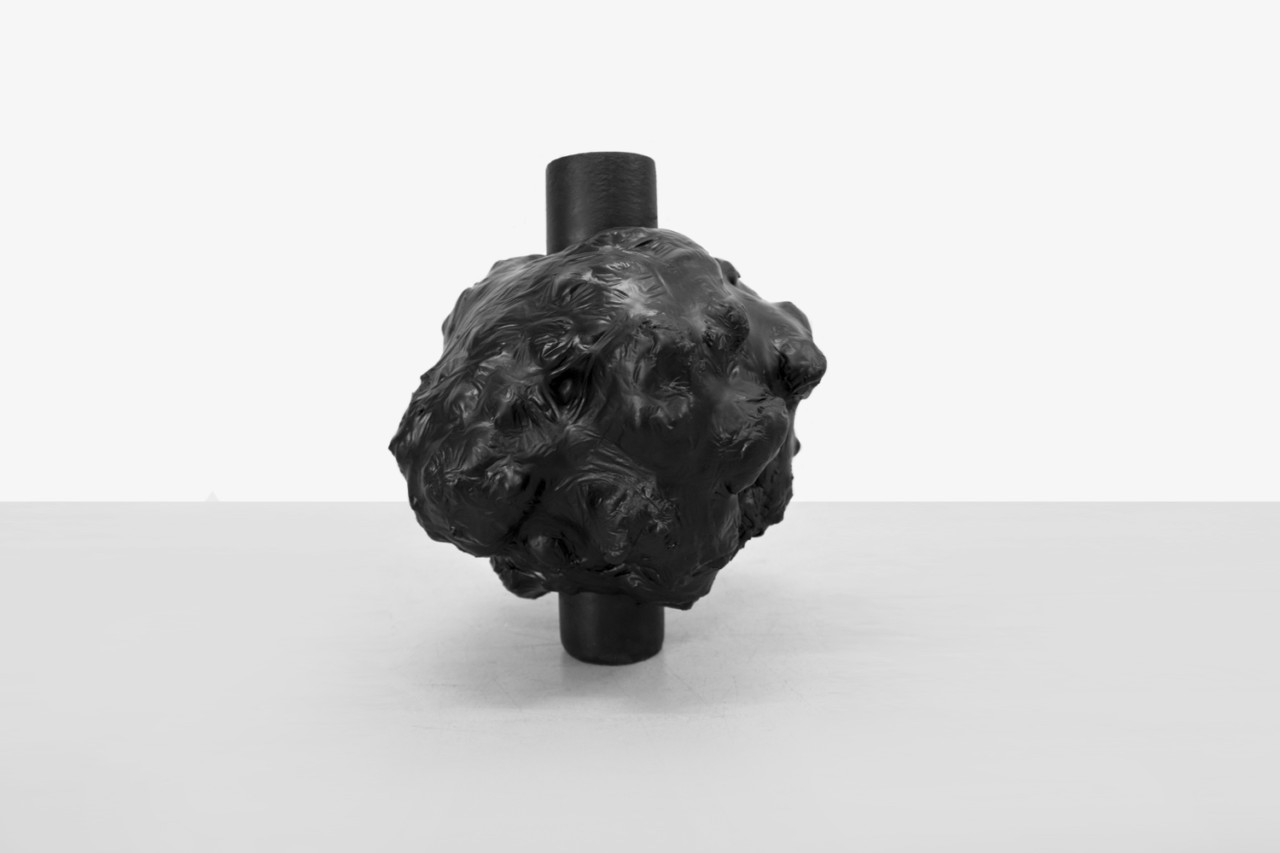
Solid Formations, 2018
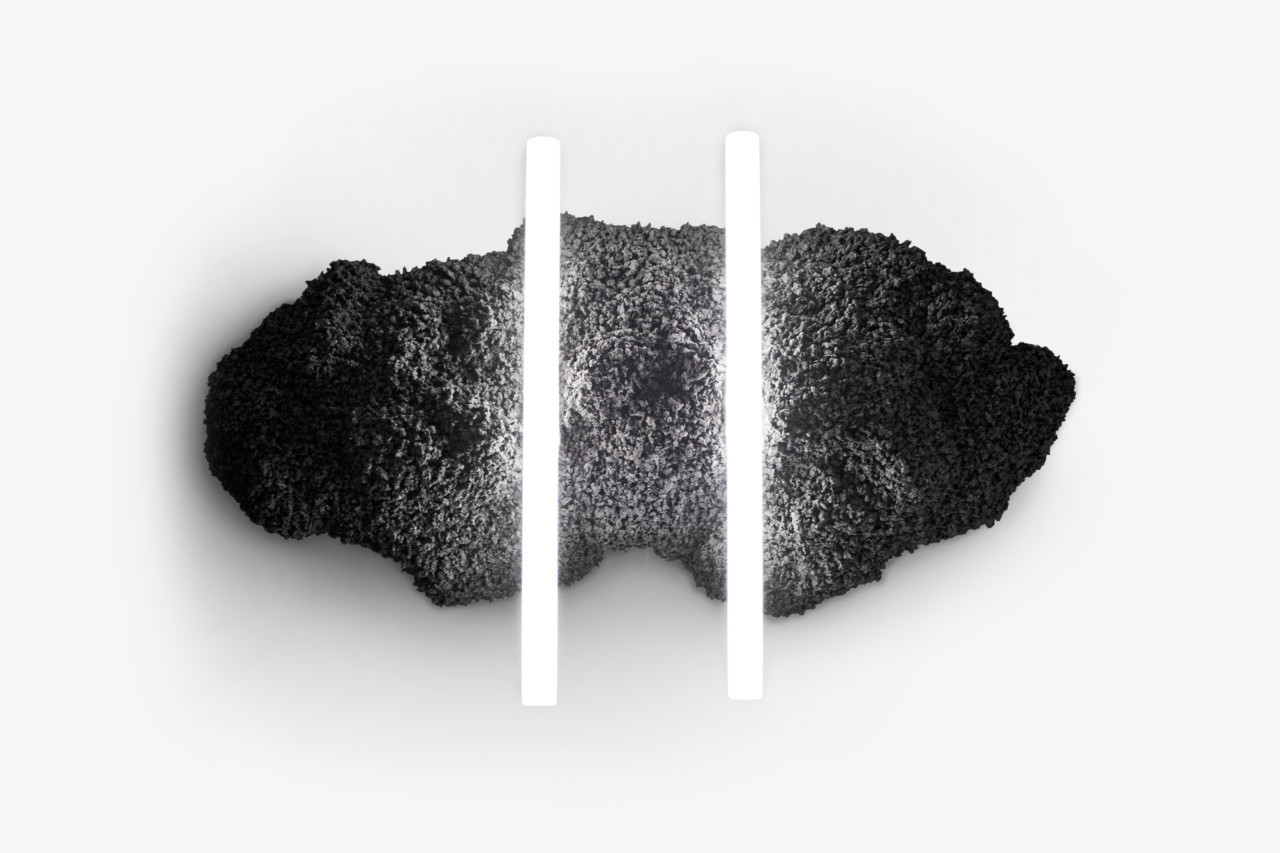
Solid Formations, 2018
Similarly so, Van der Ham’s figurative––sometimes golem-like––works, are what he calls contemporary re-imaginings of monochromatic ethnographic art, an art form he tells Blouin Artinfo in a Q&A caught his interest nearly 20 years ago.
“I found it incredible that people would believe that a carved piece of wood could have a soul. It reminded me of something that was in myself for a very long time. We all want to see life in things. We want to see a soul in a piece of wood, and we want to see art pieces as living beings.”
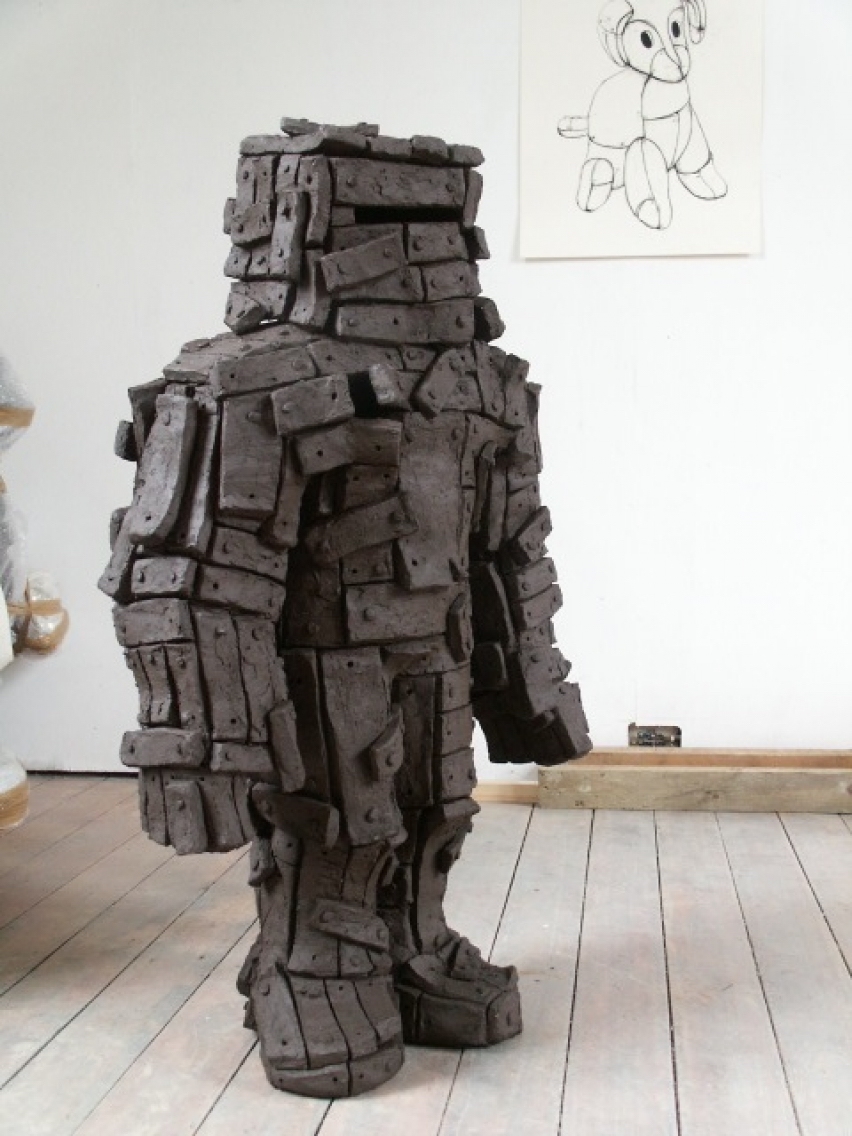
Hans van der Ham, Untitled, 2006, Fired black clay, H: 125 cm, Private collection Rotterdam
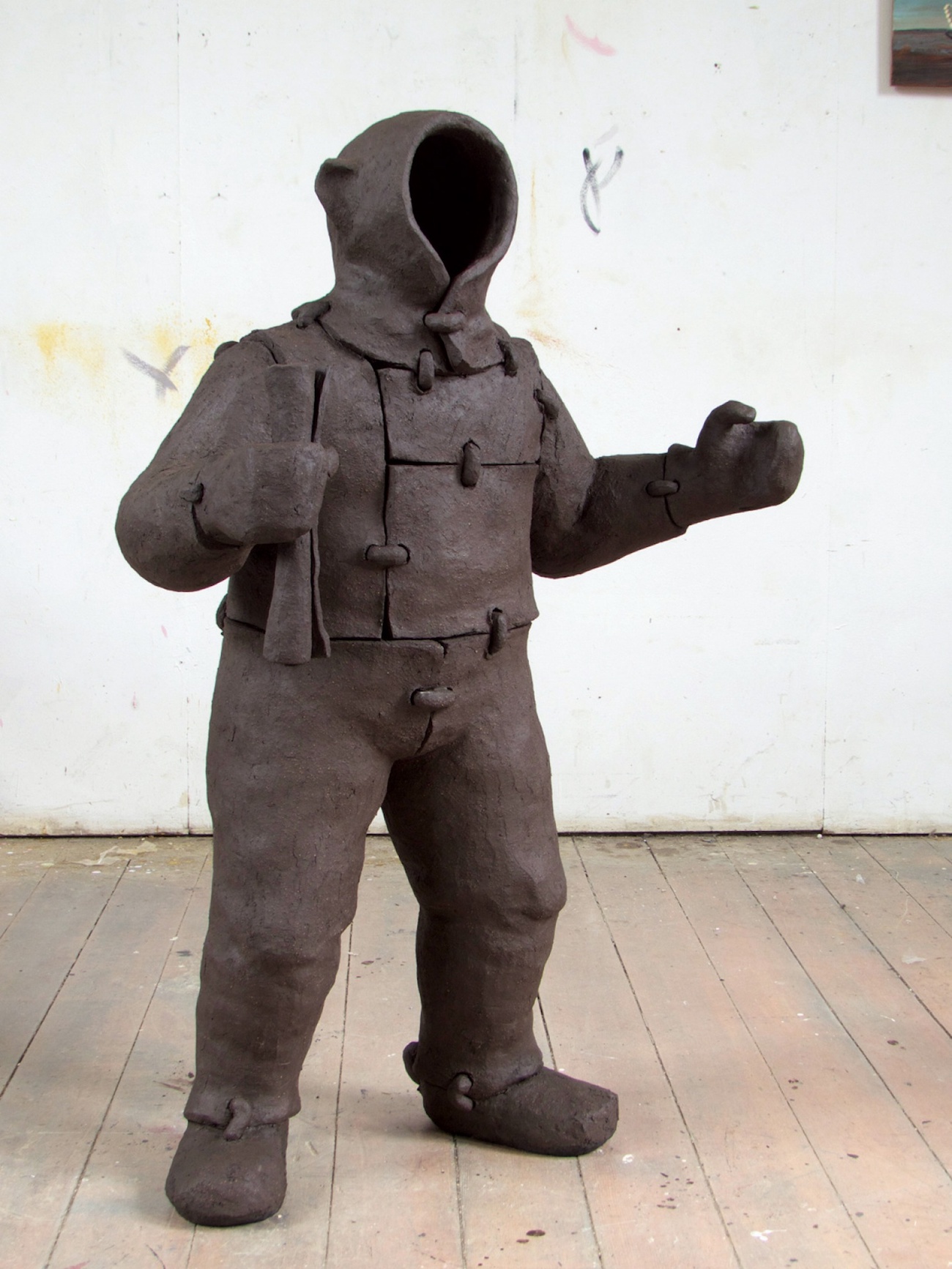
Hans van der Ham, Untitled, 2013, Fired black clay, H: 117 cm
It is through his own sculptural investigations into the actualization of soul that Van der Ham explains he is able to make sculptures “which seem to have something going on inside them, sculptures that are always hiding something, so that you never know what’s inside.”
“The first sculptures I made frightened me a bit. There’s more than only clay, it got to the point where I felt that may be something inside it. That was when I knew a work was finished. It’s the fear and the excitement. This thing that’s inside is still fascinating to me.”

Hans van der Ham
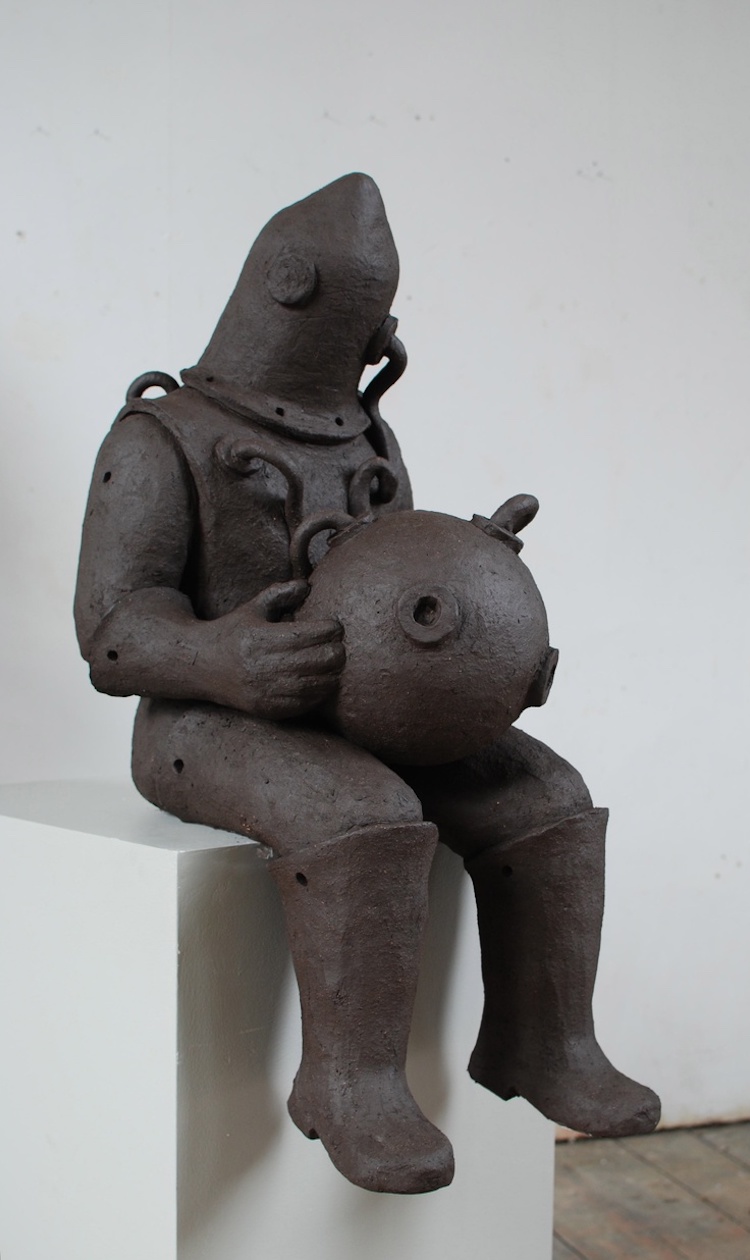
Hans van der Ham, Untitled, 2012, Fired black clay, H: 93 cm, Museum Collection Beelden aan Zee
I find Van der Ham’s investigations are strengthened by their absence of color and glaze––matte and black––each figure’s presence intensifies the longer I look. Is this evocation the incorporeal essence Van der Ham strives for through his work or is this the result of anthropological forms lending themselves to anthropomorphism. I don’t have an answer, but I believe the question is the point.
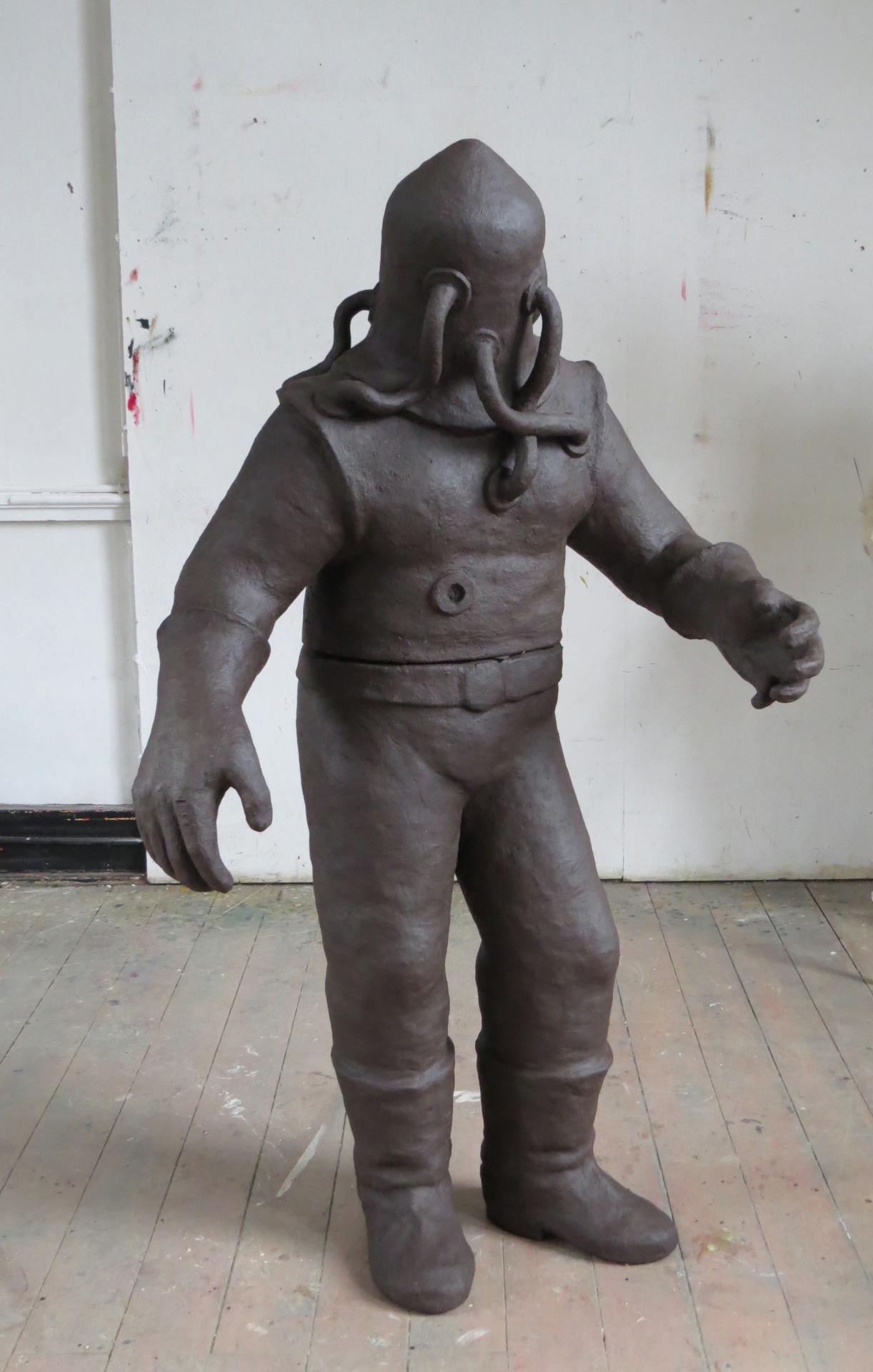
Hans van der Ham, Untitled, 2017, Fired black clay, H: 164 cm
When explored alongside one another, the two ranges seem to weave a symbolic narrative––a creation myth even. Across many cultures, it is said man was formed from clay; the book of Genesis, the Quran, Nüwa’s yellow clay, even Wonder Woman are a few examples. This narrative can be seen in Mikkelson and Van der Ham’s works––a sort of legacy ensues as man now gives form to new entities from that same earth from which they came and return to––collecting and shaping the land, passing on corporeal articulations of soul.
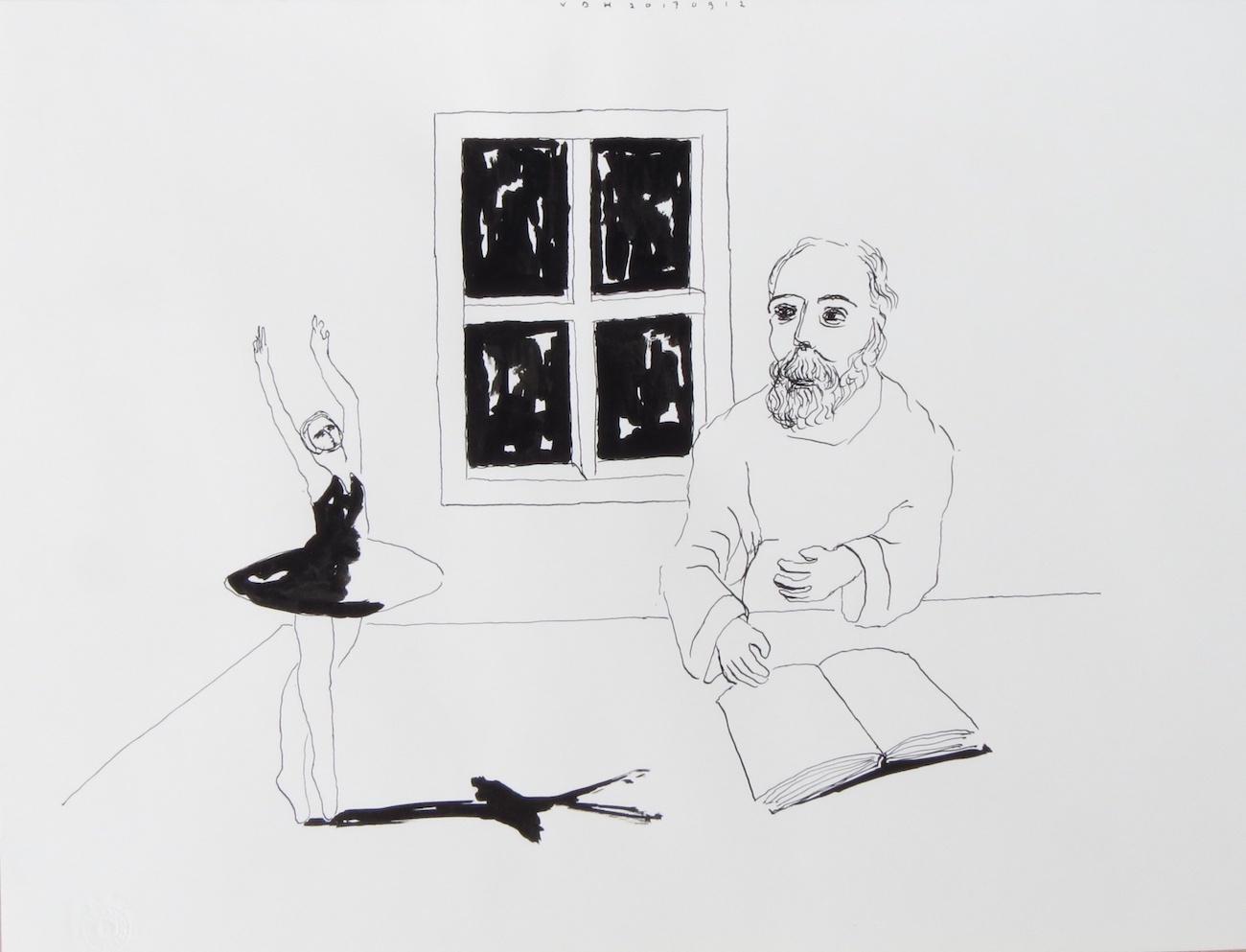
Hans van der Ham, Untitled, 2017, ink 29.5 x 39 cm
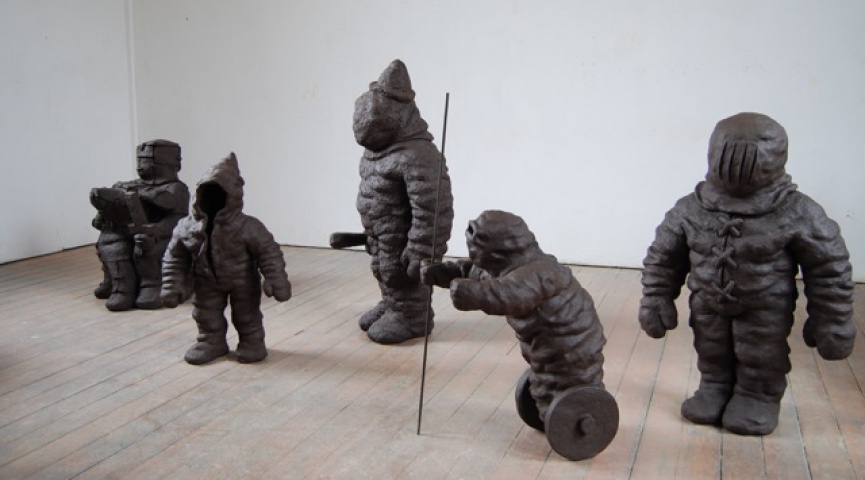
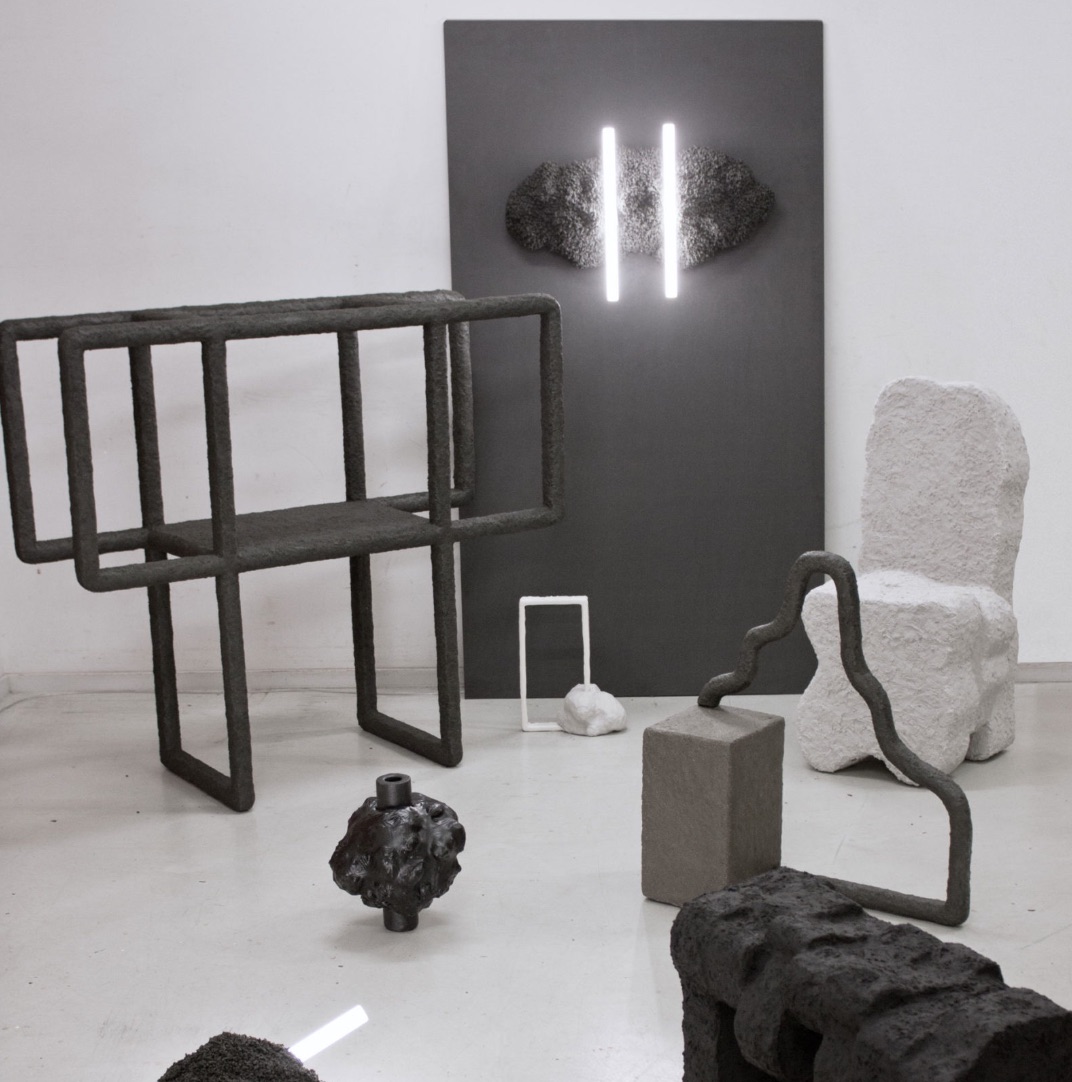
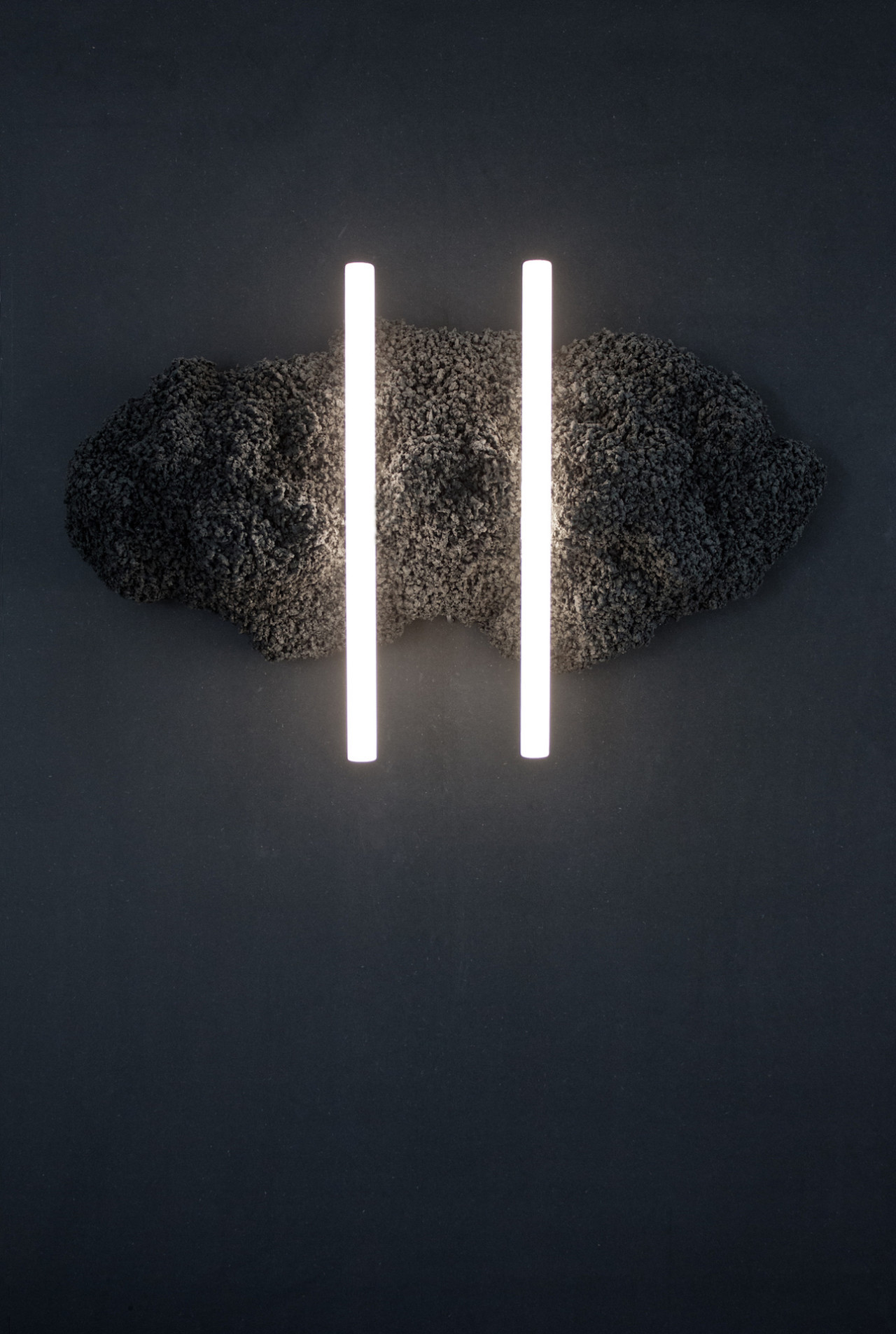
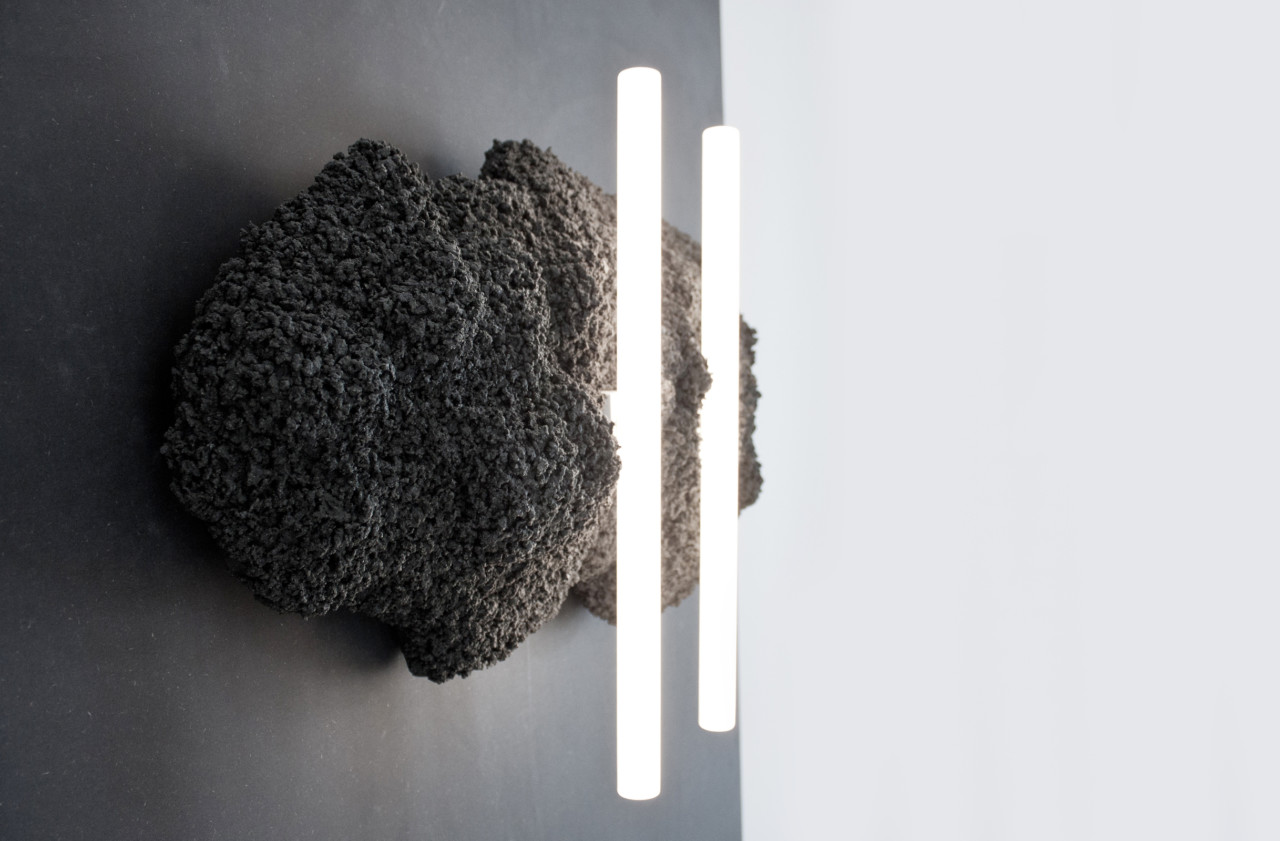
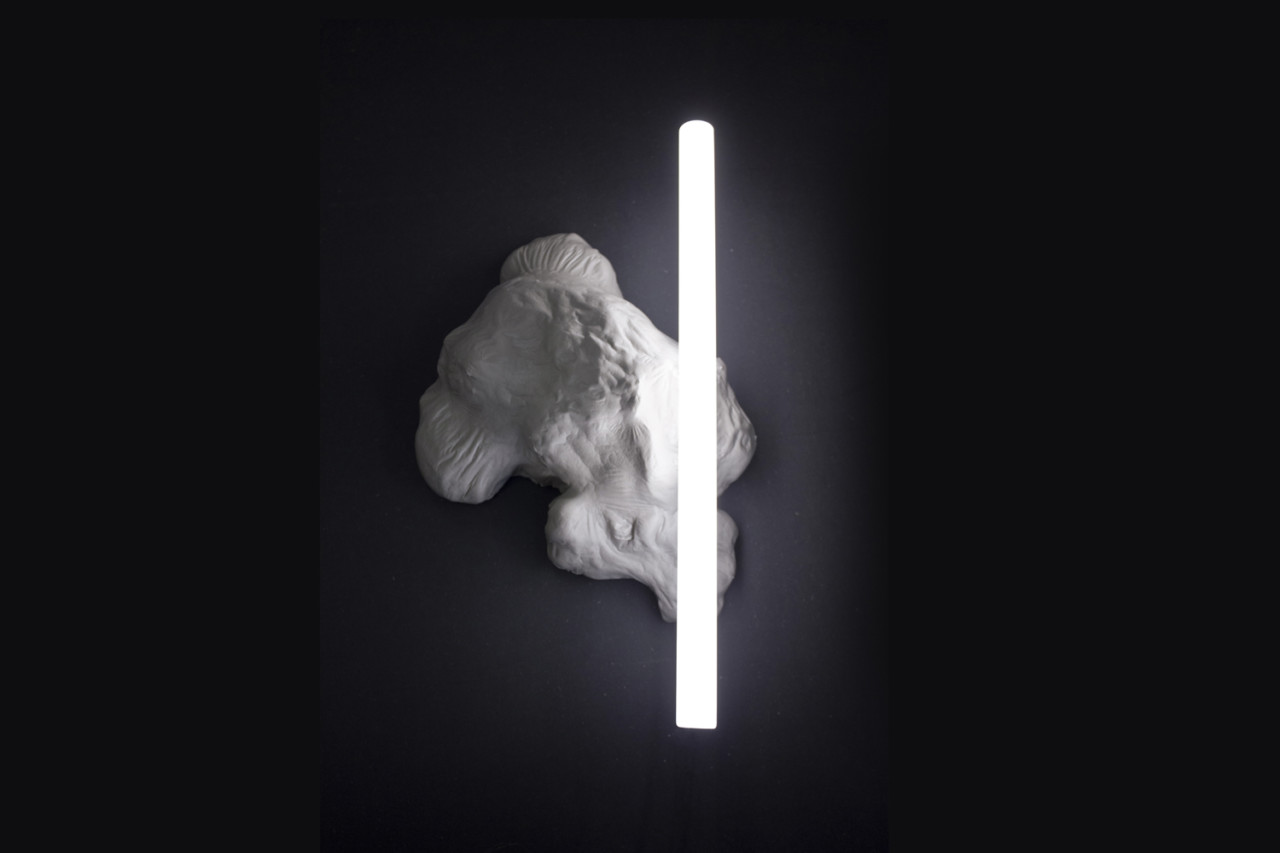
About the Artists:
Hans van der Ham studied classical piano at the Royal Conservatory in The Hague and also at the Utrechts Conservatory from which he graduated in 1984. He went on to study autonomous art at the Academy of Visual Arts in Rotterdam where he graduated, in 1989, in painting, drawing and graphic. Since 1989 Van der Ham worked in Rotterdam as an independent creator of visual arts and has held regular exhibitions both at home and abroad. His work is represented in the Netherlands by galerie Nouvelles Images, The Hague and is respresented in various museum collections. In 2012, Van der Ham cofounded Garage Rotterdam, of which he was artistic director and curator until 2015. Van der Ham makes exhibitions on a regular basis, including for Museum Boijmans Van Beuningen: as a guest curator he worked on the exhibition ANIMA MUNDI – opening June 2018.
Check out the rest of the Van der Ham’s Q & A.
Stine Mikkelsen is a Copenhagen-based material researcher and manipulator working within the field of experimental product design. With a background in textile design, materials have a primary role for her in both the process as well as the final objects. Through challenging and refining methods from this field, unexpected things occur which lead to new ways of making and producing.Through this, she not only challenges the way we understand textile and product design, she also modernises the notion of crafts. Mikkelsen’s collection is exclusively represented by Aybar Gallery in Miami, Florida.
Love or loathe these collections from the world of contemporary ceramic art and contemporary ceramics? Share your thoughts in the comments section below.

Add your valued opinion to this post.